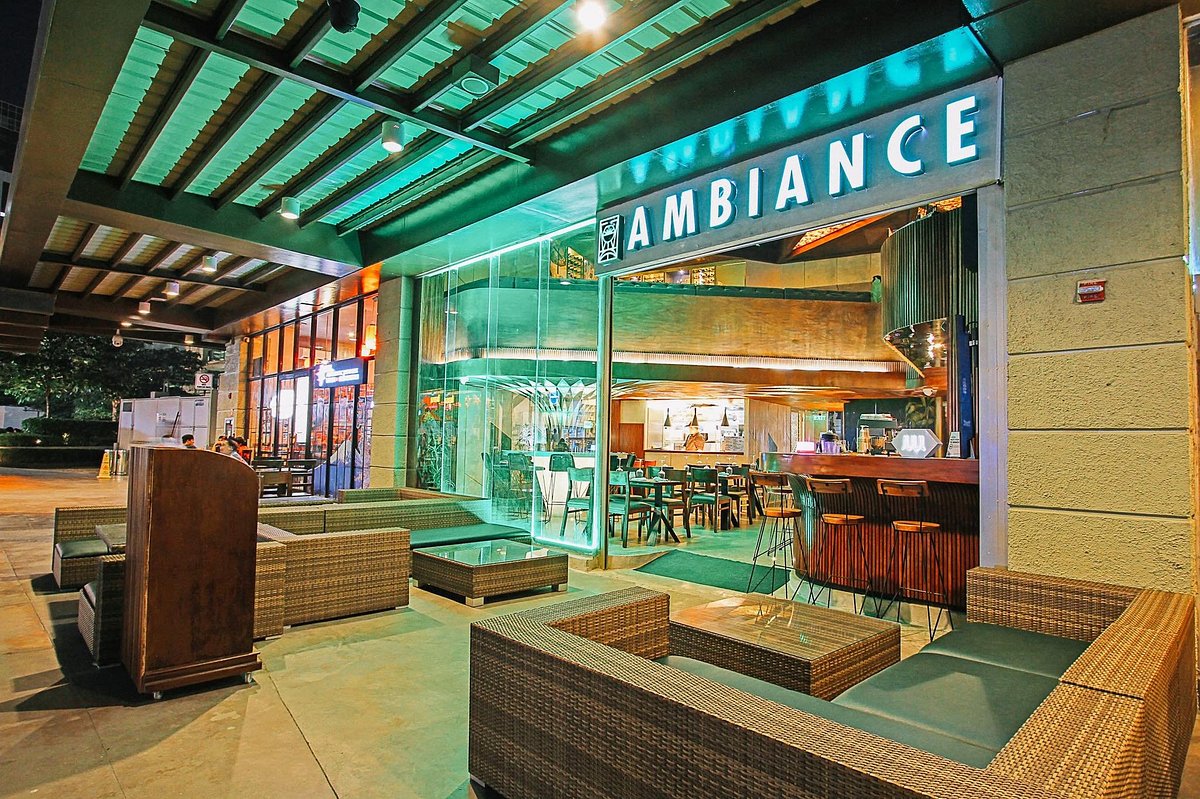Savor Genuine Asian Cuisine With a Pan-Asian Spin for a Cooking Adventure
Embarking on a cooking trip with authentic Eastern cuisine, boosted with a Pan-Asian twist, offers a special chance to check out the abundant tapestry of flavors that define the area's varied culinary practices. This experience invites you to enjoy the charming equilibrium of tastes-- wonderful, salty, spicy, and sour-- harmonized by fragrant natural herbs and seasonings. Envision the ingenious fusion of Thai curry and ramen or the unanticipated pleasure of sushi burritos. As you contemplate these tempting dishes, think about the cultural stories and historical impacts that form them, each bite supplying a story waiting to be uncovered.

Discovering Pan-Asian Tastes
In the realm of international gastronomy, Pan-Asian food stands apart for its exceptional variety and the harmonious interplay of flavors from various Asian societies. This cooking method celebrates the rich traditions and unique active ingredients discovered throughout the continent, developing a tapestry of preferences that is both appealing and enjoyable. Trick to Pan-Asian food is its capability to balance different flavors-- pleasant, salty, spicy, and sour-- while highlighting the quality and top quality of each active ingredient.
From the umami-rich soy sauce of Japan to the intense chili peppers of Thailand, Pan-Asian food uses an extensive scheme of tastes. These aspects are typically incorporated in inventive means, improving meals with layers of intricacy. For example, the usage of aromatic natural herbs such as lemongrass and cilantro, common in Vietnamese and Thai cuisine, adds a revitalizing brightness to recipes, while the incorporation of coconut milk delivers a creamy, rich structure.
The emphasis on fresh produce and aromatic spices ensures that each meal is not just a banquet for the taste however additionally for the detects. Pan-Asian cuisine welcomes restaurants to embark on a culinary journey, exploring the substantial and varied landscapes of Oriental gastronomy with every bite.
Blend Recipes to Attempt
While Pan-Asian cuisine is commemorated for its typical tastes, the contemporary cooking landscape is progressively accepting blend dishes that blend these classic elements with influences from other regions. This cutting-edge strategy not just honors the rich heritage of Eastern culinary arts however additionally presents unique preference experiences that attract modern palates.
A prime example of such a fusion dish is the Korean-Mexican taco, where marinated bulgogi beef is wrapped in a cozy tortilla, covered with kimchi and a zesty gochujang-infused salsa. This combination marries the vibrant, mouthwatering flavors of Korea with the vivid, fresh components of Mexican cuisine. In a similar way, sushi burritos have obtained popularity, integrating the fragile artistry of Japanese sushi with the hearty, hand-held comfort of a burrito, often featuring combination active ingredients like tempura shrimp and avocado with a drizzle of wasabi mayo.
An additional significant recipe is Thai curry ramen, which instills the luscious, aromatic seasonings of Thai curry into the reassuring brew of typical Japanese ramen, producing an unified mix that entices the senses. These blend recipes expand past mere uniqueness; they stand for a cooking discussion in between cultures, encouraging exploration and technology worldwide of Pan-Asian cuisine.
Important Active Ingredients and Spices
To absolutely appreciate Pan-Asian food, one should comprehend the vital ingredients and seasonings that create its structure. This varied cooking style attracts from a rich tapestry of Eastern practices, utilizing an unified blend of flavors and textures.
Aromatic components are crucial, with lemongrass, garlic, and ginger being ubiquitous across numerous Pan-Asian dishes. These ingredients give an aromatic base that boosts the complexity of flavors. Seasonings such as star anise, cardamom, and cinnamon introduce warmth and personality, resembling impacts from regions like China and India.

Cooking Techniques and Tips
Mastering the art of Pan-Asian food calls for knowledge with its distinctive food preparation methods, each adding to the vivid tapestry of tastes this culinary custom is celebrated for. Central to these techniques is the stir-fry, a rapid food preparation strategy that maintains the dietary honesty and dazzling colors of components. Using a wok, the stir-fry approach permits also warmth distribution, necessary for accomplishing the particular appearance visit their website and flavor equilibrium of Pan-Asian dishes.
Another basic method is steaming, particularly common in Chinese cuisine. This mild technique preserves the all-natural flavors and nutrients of components, making it excellent for seafood and vegetables. Dumplings, a precious staple, typically profit from steaming, resulting in soft, delicious structures.
Barbecuing, also integral, presents great smoky midsts to dishes such as Oriental bulgogi or Japanese yakitori (Romantic restaurants Islamabad). This technique commonly involves seasoning ingredients, allowing flavors to pass through deeply prior to cooking over an open flame or warmer
Finally, grasping the art of stabilizing flavors-- pleasant, sour, salty, bitter, and umami-- is critical. Properly layering these components can elevate a recipe from common to phenomenal, supplying a facility and pleasing culinary experience that personifies the essence of Pan-Asian food.
Eating Experiences Worldwide
Around the world, Pan-Asian food uses an unparalleled dining experience, commemorated for its abundant tapestry of flavors and lively discussions. This culinary phenomenon has gone beyond cultural limits, catching the hearts and palates of food lovers worldwide. In multicultural cities fresh York, London, and Sydney, Pan-Asian restaurants act as fusions where culinary customs from Thailand, Japan, China, and beyond merge, giving diners with an eclectic mix of dishes that highlight the area's variety.
The worldwide allure of Pan-Asian food depends on its capacity to supply both credibility and development. Chefs masterfully wed standard active ingredients such as lemongrass, soy sauce, and miso with contemporary techniques, resulting in recipes that are both refreshingly brand-new and acquainted. This combination enables restaurants to get started on a cooking journey you can check here that values heritage while embracing modernity.
Moreover, eating experiences are elevated through thoughtfully created environments that show the ethos of Pan-Asian aesthetics. From minimalist Japanese-inspired insides to vibrant Thai-themed areas, each dining establishment provides an unique atmosphere that matches the culinary offerings. Because of this, patrons are not just eating a dish yet partaking in a cultural experience, making Pan-Asian dining a really worldwide sensation.
Conclusion
The expedition of Pan-Asian food uses a profound understanding of the complex interplay of flavors and culinary traditions across Asia. By embracing blend recipes such as Thai curry ramen and sushi burritos, the cooking trip not just highlights the adaptability of standard components yet also showcases ingenious contemporary techniques. This gastronomic adventure, enriched by cooking methods and essential seasonings, offers an one-of-a-kind possibility to value the cultural diversity and culinary virtuosity that specify Pan-Asian cuisine on a global range.
Embarking on a cooking journey via authentic Asian cuisine, improved with a Pan-Asian twist, offers a special opportunity to discover the abundant tapestry of flavors that specify the region's diverse culinary customs.In the world of international gastronomy, Pan-Asian food stands out for its remarkable diversity and the harmonious interplay of tastes from various Asian cultures. Secret to Pan-Asian cuisine is its capability to balance different flavors-- sweet, salted, spicy, and sour-- while highlighting the quality and top quality of each component.
